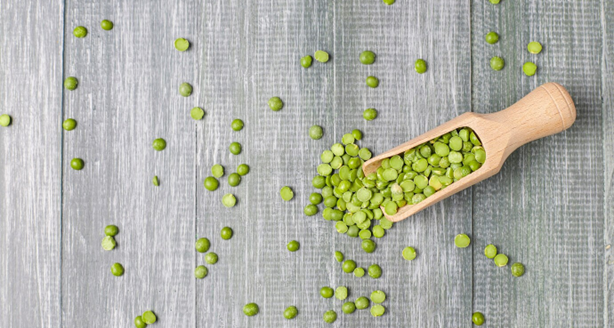Exploring Pea Proteins: The Future of Plant-Based Nutrition
Pea protein has become a powerhouse in the alternative protein market, driven by the demand for plant-based, sustainable, and high-nutrient options. The global market for pea proteins has experienced impressive growth, with a CAGR of 11.4%, reflecting increasing consumer interest in products that align with health and environmental values.
Nutritional and Functional Advantages
Pea proteins, particularly isolates and concentrates, offer robust nutritional benefits, including high protein content ideal for muscle maintenance, immune health, and satiety. For instance, 40% of Canadian consumers cite muscle maintenance as their primary motivation for protein intake, while over half of Indian consumers recognize its immune-boosting benefits.
Versatile Applications Across Industries
Pea proteins are found in a diverse array of products: from functional foods like meat alternatives, bakery goods, and snacks to beverages, sports nutrition, and even cosmetics. Their versatility stems from various types like protein isolates, concentrates, and hydrolyzed proteins, each suited for specific applications.
Challenges and Innovations
Despite their popularity, pea proteins face hurdles such as production costs and sensory challenges. However, innovations in production, including sustainable and efficient fermentation techniques, are helping manufacturers overcome these obstacles, making pea protein a top choice in the sustainable protein category.
Market and Innovation Trends
While soy remains the most common alternative protein in patents, making up 38% of patent disclosures, other options like pea and chickpea proteins are gaining traction, accounting for 16% of patents. In recent years, food and drink manufacturers have increasingly explored diverse protein sources, including legumes, potatoes, cereals, and even innovative options like hemp, marine plants, algae, fungi, insects, and proteins from precision fermentation. This trend showcases the growing importance of alternative proteins in meeting global protein demands sustainably.
Discover the range of products for Plant Proteins here.




